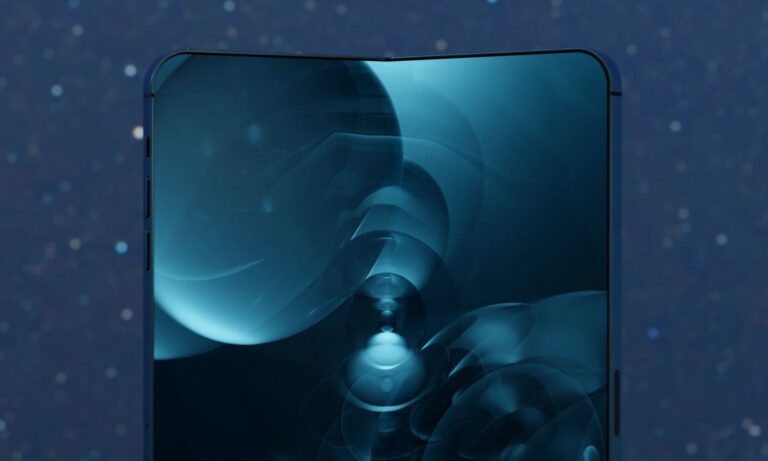

Apple’s Foldable iPhone: Crease-Free Display Coming in 2026?
In the ever-evolving world of smartphones, Apple’s Foldable iPhone has been a hot topic for years. After Samsung, Motorola, and Google entered the foldable market, Apple seems ready to disrupt the game with a revolutionary crease-free display possibly launching in 2026.
The big question: Will Apple finally introduce a foldable iPhone that solves the biggest flaw in current foldables — the crease? Let’s dive into all the leaks, patents, and expert predictions surrounding this futuristic innovation.
What Makes Apple’s Foldable iPhone So Anticipated?
Apple has always been a late but impactful entrant into new tech spaces. With foldables already crowding the Android market, the Apple Foldable iPhone could bring:
- A completely crease-free screen
- Premium hinge mechanics
- Exclusive foldable-optimized iOS experience
- Groundbreaking durability
Unlike its competitors, Apple is rumored to be working with LG and BOE to create a next-gen foldable OLED display that leaves no visible crease when unfolded.
Patent Leaks: Is a Crease-Free Future Real?
The idea of a crease-free display isn’t just a fantasy. Apple has filed multiple patents showing:
- Self-healing display materials
- Advanced hinge designs to reduce pressure
- Rollable and tri-fold screen models
A recent report by MacRumors (DoFollow) indicates that Apple’s foldable iPhone may use liquid metal or flexible glass composites, which offer far better resilience and smoother folding action than plastic polymers used by competitors.
Display Tech: How Will Apple Eliminate the Crease?
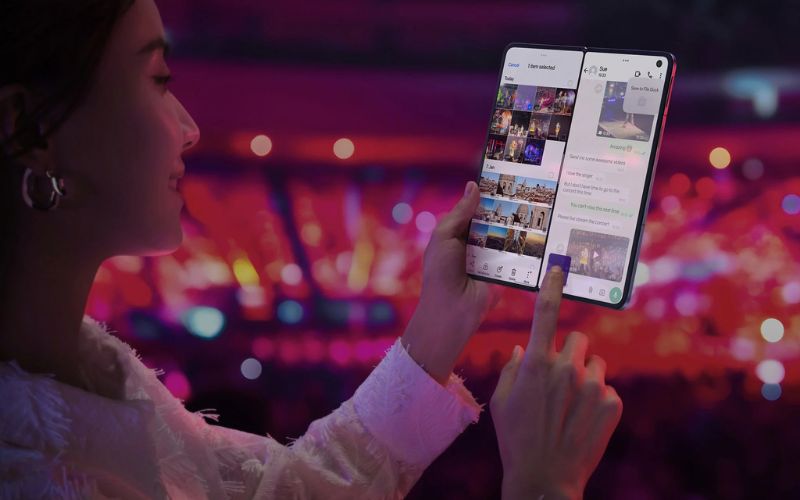
Here’s where Apple might outshine Samsung’s Galaxy Z Fold or Google’s Pixel Fold. Instead of the traditional bend-on-a-hinge model, the foldable iPhone may implement:
- Curved under-display support: Prevents sharp bending at the fold line
- Multi-layered OLED: Reduces stress impact on pixels
- Magnetic folding assist: Creates a seamless screen flatness
This would make Apple’s Foldable iPhone the first to feature a truly crease-free display, which has been the Achilles heel for foldables until now.
iOS Optimizations for a Foldable iPhone
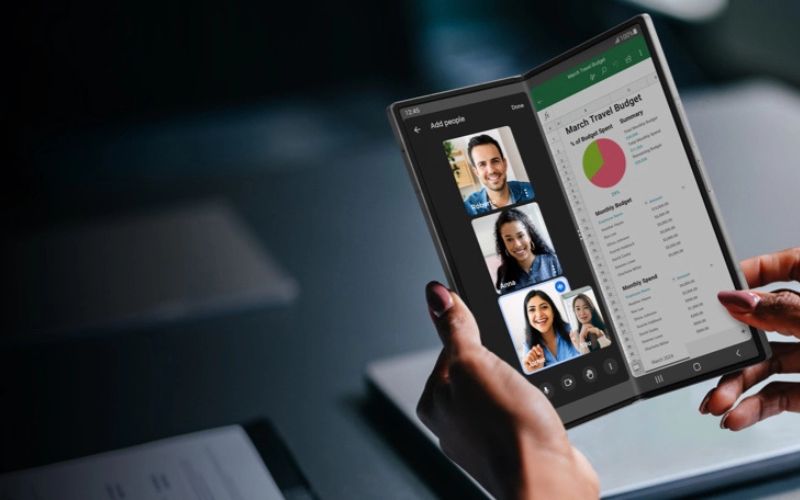
Expect an exclusive iOS version optimized for foldables — something like iOS Flex — with features such as:
- Split-screen multitasking
- App continuity between folded and unfolded modes
- Apple Pencil support on a foldable canvas
- New gestures for fold/unfold transitions
📅 Foldable iPhone Expected Launch Timeline
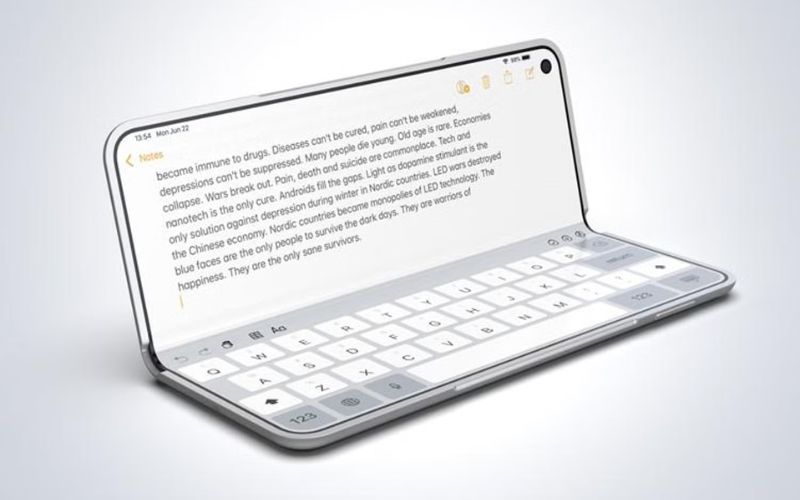
According to Bloomberg (DoFollow), Apple’s Foldable iPhone may launch in late 2026 or early 2027, after undergoing multiple prototype iterations. Internal sources claim that Apple won’t rush until the product offers flawless performance and durability.
Price Expectations
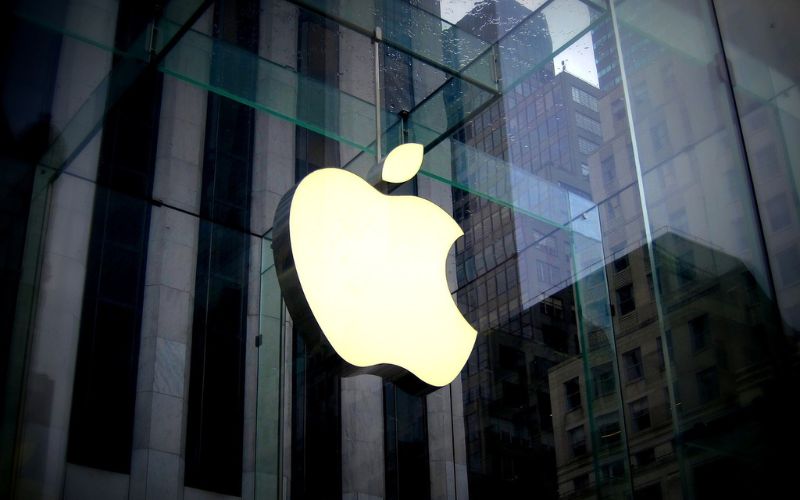
With the level of tech involved, don’t expect it to come cheap. Experts predict a starting price of $1,599–$1,999, positioning it above the iPhone Pro Max series.
However, Apple may offer trade-in programs or bundle deals through AppleCare+ Fold Edition, giving buyers more value.
Foldable iPhone vs. Competition
| Feature | Apple Fold (Expected) | Samsung Z Fold 5 | Google Pixel Fold |
|---|---|---|---|
| Display Crease | Nearly Invisible | Noticeable | Minor |
| OS Optimization | iOS Flex | One UI Fold | Android Fold UI |
| Stylus Support | Likely (Apple Pencil) | S Pen (Optional) | No |
| Hinge Durability | 200,000+ folds | 200,000 folds | 100,000+ folds |
| Release Year | 2026 (Expected) | 2023 | 2023 |
Final Thoughts on Apple’s Foldable iPhone
While Apple is fashionably late to the foldable party, it’s clear that Apple’s Foldable iPhone will not be just another bendable screen — it could set a new standard for durability, functionality, and design.
If Apple delivers on the promise of a crease-free display, it may attract not just tech enthusiasts but also everyday users seeking premium experience with zero compromises.
The Future Is (Folded) Bright
In true Apple fashion, the wait might just be worth it. Whether you’re a long-time iPhone user or a curious Android switcher, Apple’s foldable iPhone could very well be the next big leap in smartphone evolution.


